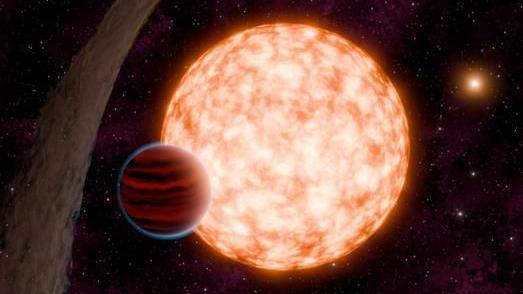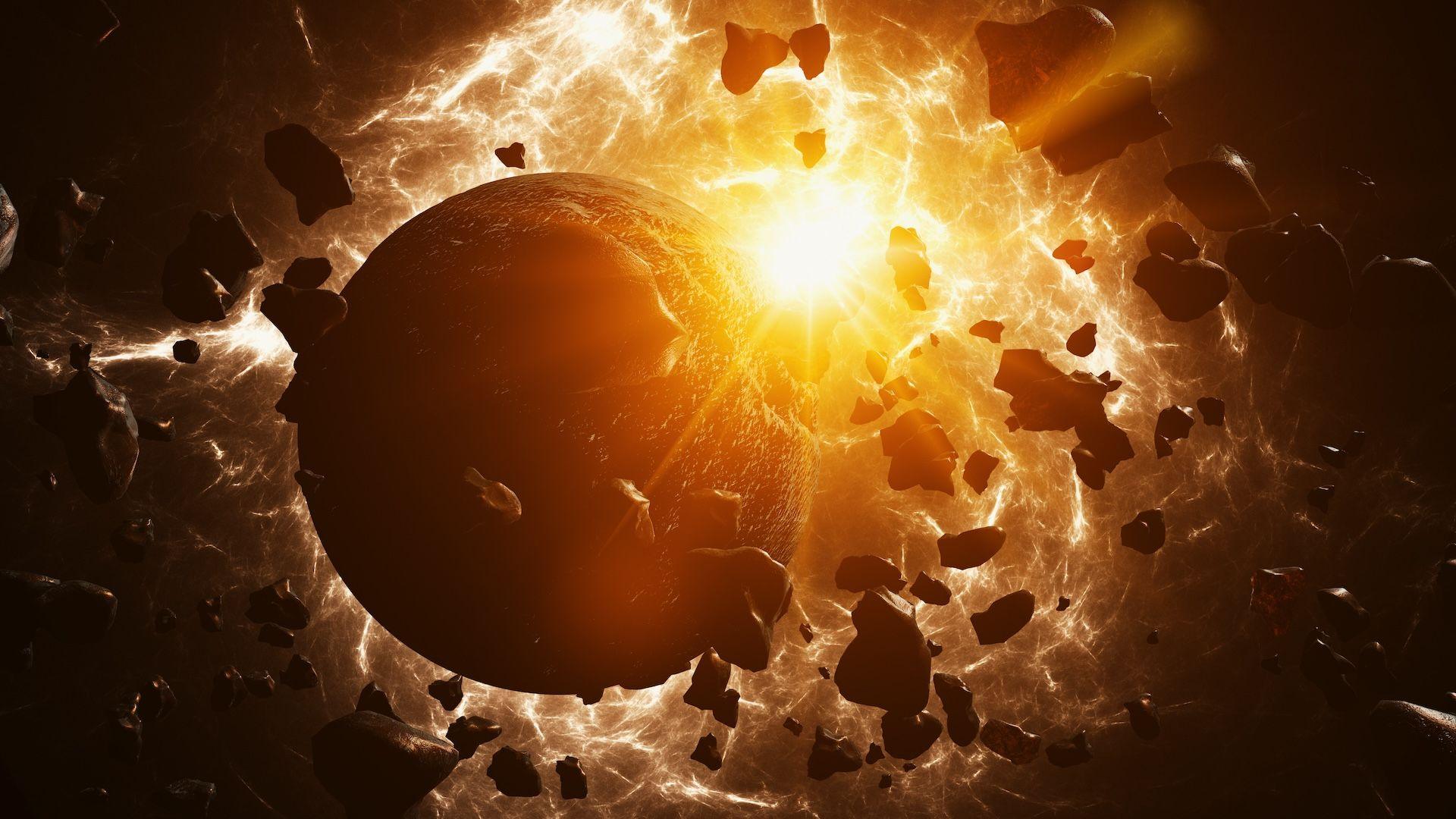Baby planet is one of youngest ever found

The young planet, which orbits its much larger star, is believed to be about three million years old
- Published
A giant planet orbiting a three million year old star is one of the youngest ever discovered, according to new research.
The newly found planet, which is approximately 520 million light years away from Earth, along with its parent star, is a planet-age similar to a two-week old baby.
The new research has given scientists a glimpse into how early planets may form and it also challenges previous ideas about how quickly these planets came to be.
More of the latest space stories
What is 2024 PT5? Earth to get second 'mini' moon
- Published25 September 2024
Nasa finishes spacecraft for TRACERS space weather mission
- Published13 November 2024
The 'googly eye' spotted in space
- Published5 November 2024
Why is the discovery a big deal?

The Taurus Molecular Cloud contains hundreds of newly formed stars
The team who worked on the research wanted to learn more about how planets form and evolve.
They focused specifically on identifying planets at different stages of formation in order to gain a deeper understanding of the whole process.
The discovery of the new baby planet, given the catchy name IRAS 04125+2902 b, was completely unexpected.
It lies in what's known as the Taurus Molecular Cloud, which contains hundreds of newly formed stars.

Exactly how planets form is something experts are still learning more about
The Taurus Molecular Cloud is a huge area of interest for astronomers but the planets in the cloud aren't often picked up by telescopes.
It's because very young star systems tend to be surrounded by dust and debris, making it tricky to see the planets inside.
The findings help shed some more light on planetary systems outside of our own.
“Astronomy helps us explore our place in the Universe — where we came from and where we might be going," said Madyson Barber who is a lead author of the study and researcher at UNC-Chapel Hill.
"Discovering planets like this one allows us to look back in time, catching a glimpse of planetary formation as it happens."
More of the latest
- Published20 November 2024

- Published18 November 2024

- Published19 November 2024

